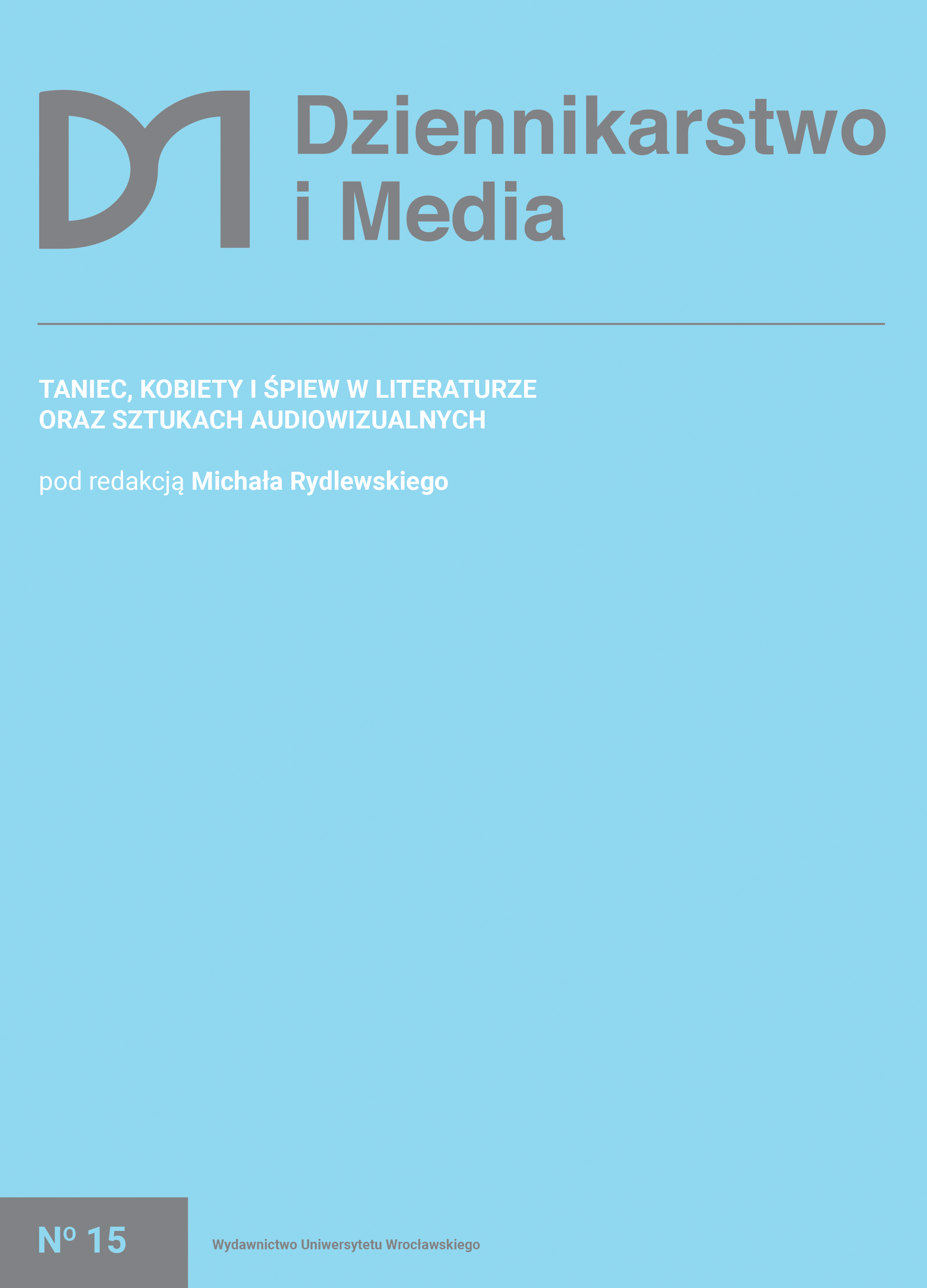

Artykuły

The article addressed the issue of using folk dance as a tool of propaganda by the communist party. It is not uncommon to associate the activity of folk groups with the period of socialist realism and the years that followed in. Folk song and dance ensembles have always been a colorful showcase of the country outside of its borders and have often added splendor to distinguished national events with their performances. Nevertheless, their artistic activity was not motivated solely by the beauty of Polish folklore, for folk ensembles formed after World War II were often created to aid the goals of the communist party. Reaching for folk repertoire and transferring regional songs and dances to the stage was seen as opposition to the elite culture. Cultural reform made performances accessible to the working class, and folk song and dance expressed admiration for the work of people in the countryside. In addition to traditional songs from various regions of Poland, the repertoire of these ensembles also included many songs in honor of Stalin and about the Polish-Soviet friendship. Paweł Pawlikowski’s award-winning film, Cold War, which partially follows a song and dance ensemble (aptly named Mazurek), shows many of the dilemmas and controversies that the artists of this period had to face.